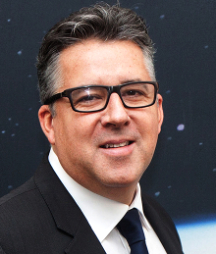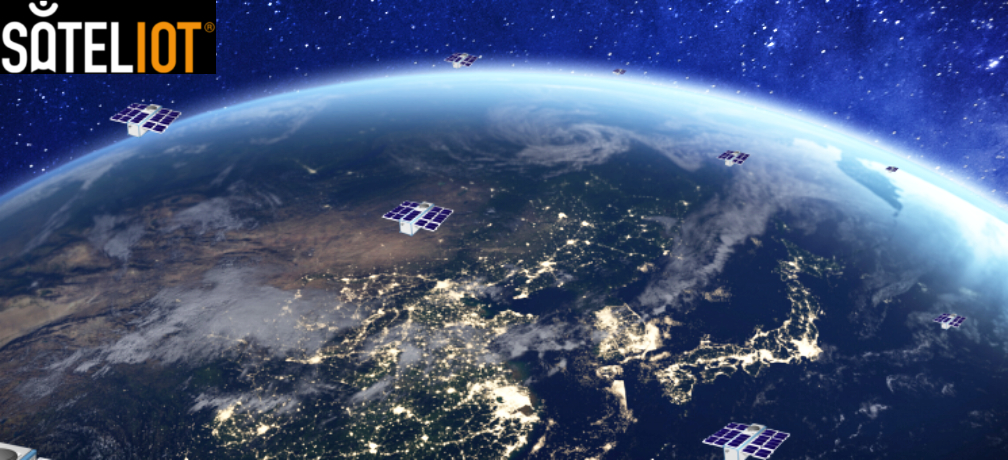
Synspective Inc., a Japanese company providing satellite data and derived solutions using small-sized SAR (Synthetic Aperture Radar) satellites, launches its SAR-based “Flood Damage Assessment Solution” service, which provides damage information when a flood occurs, using the highly reliable SAR-attributable data capabilities of all-weather, any time, high-frequency observation.
*A Demo Image
The “Flood Damage Assessment Solution” is a service that evaluates inundation damage (inundation area, inundation depth, damaged roads, damaged buildings) as a measure during a disaster response. In the event of a disaster, especially when affecting large areas, early information and fast action are critical.
SAR satellites are capable of all-weather, anytime, ground observation, as such, when a flood occurs it is possible to quickly grasp the gravity of the situation and evaluate the damage without delays. Furthermore, by using cutting-edge AI methods, the tool can also identify the level of impact on facilities, such as roads and buildings, in a speedy manner.
In the event of a flood, insurance, financial, and government entities have a proven need to quickly assess damage based on early information. Synspective’s “Flood Damage Assessment Solution” provides stable, high-frequency data from SAR satellites, using cutting-edge AI methods to provide critical information. Synspective offers this solution on a subscription basis through a SaaS (solution as a service) format. User-friendly UI/UX enables users to intuitively understand the analyticsl results without any prior experience of satellite data needed.
At the UR2020 conference on risk management, SSTL partnered with the Southeast Asia Disaster Risk Insurance Facility (SEADRIF), supported by The World Bank, to find a solution that will help to better analyze flood spread and the resulting damage.
Teams were challenged to develop a solution that uses satellite imagery, combined with flood depth information from other existing datasets and/or real time data sources. Synspective’s “Flood Damage Assessment Solution” tool was selected as one of the four finalists.
Synspective plans to launch its own small SAR satellite “StriX-α” in 2020. In the near future, the company can provide solutions with higher frequency and stable monitoring by use of data obtained from the firm’s own SAR satellite constellation.
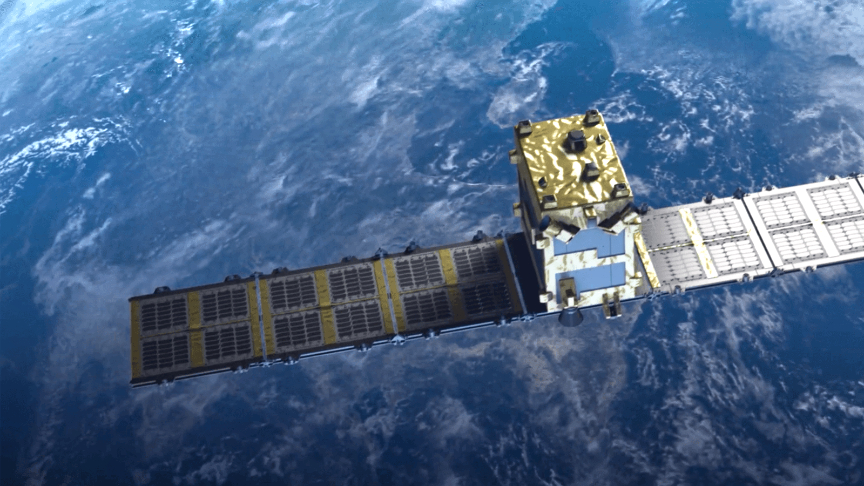

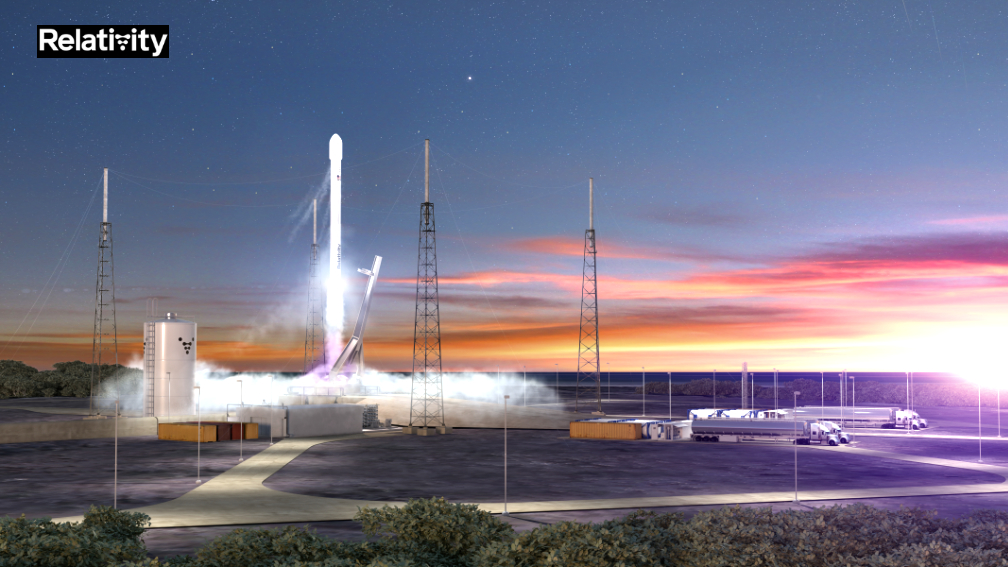
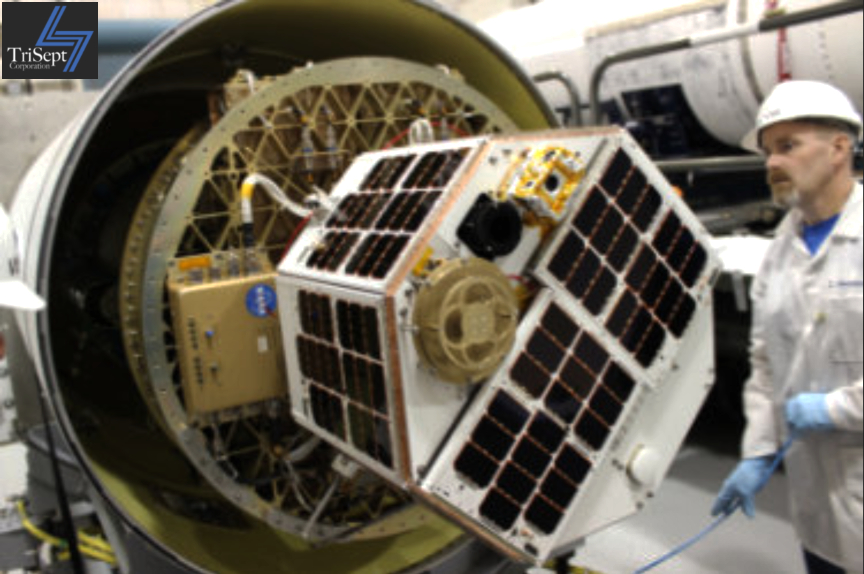

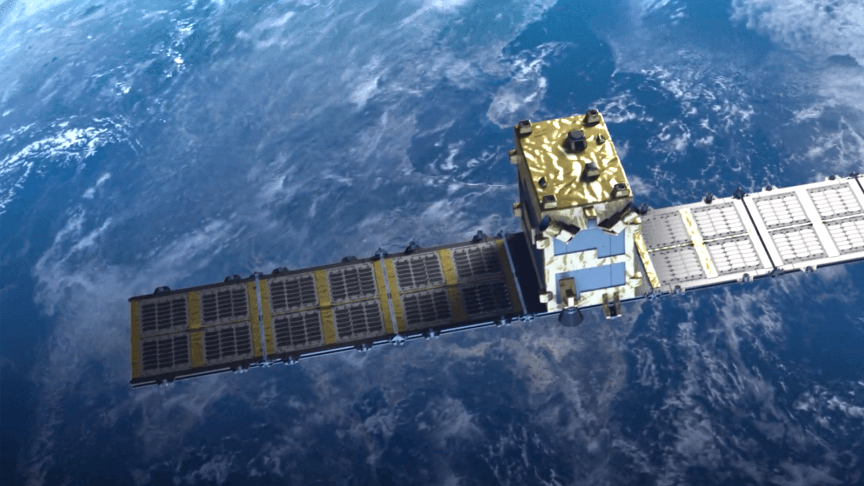


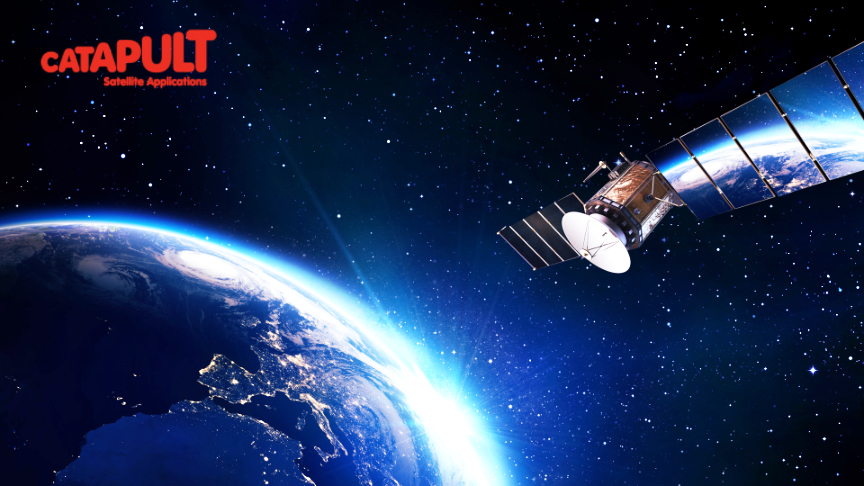

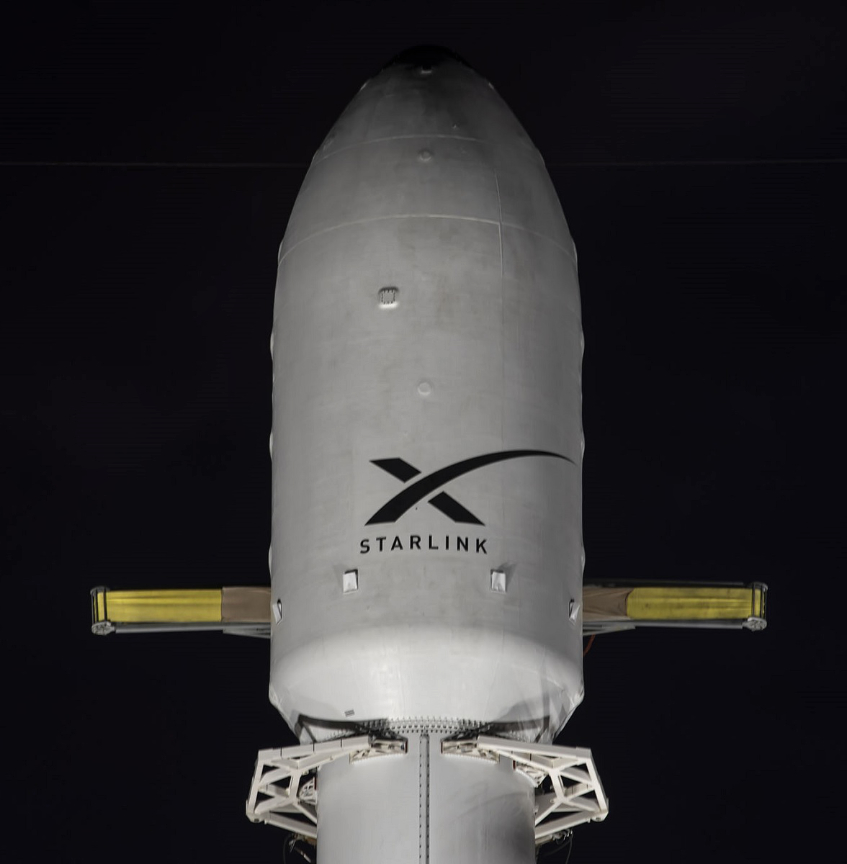


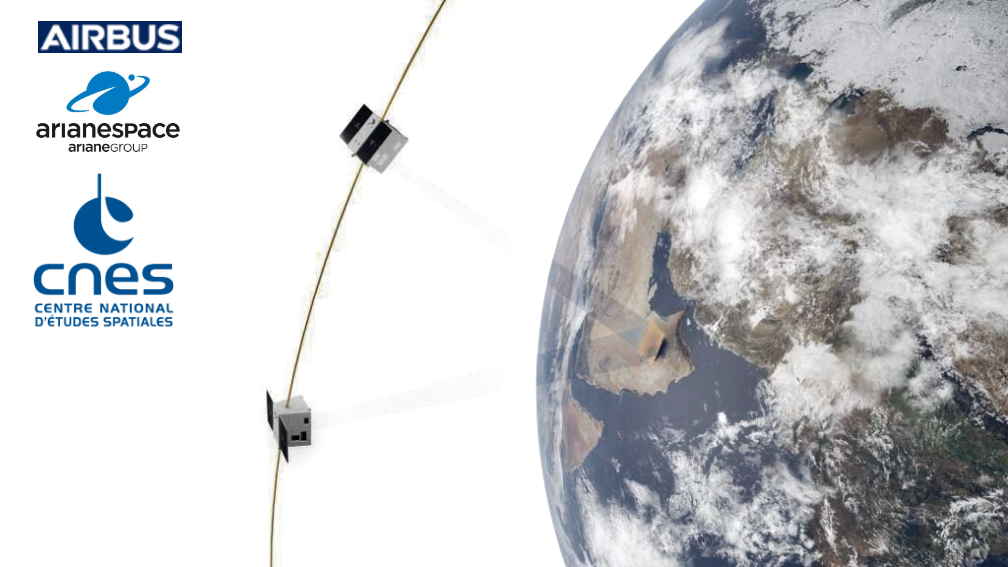
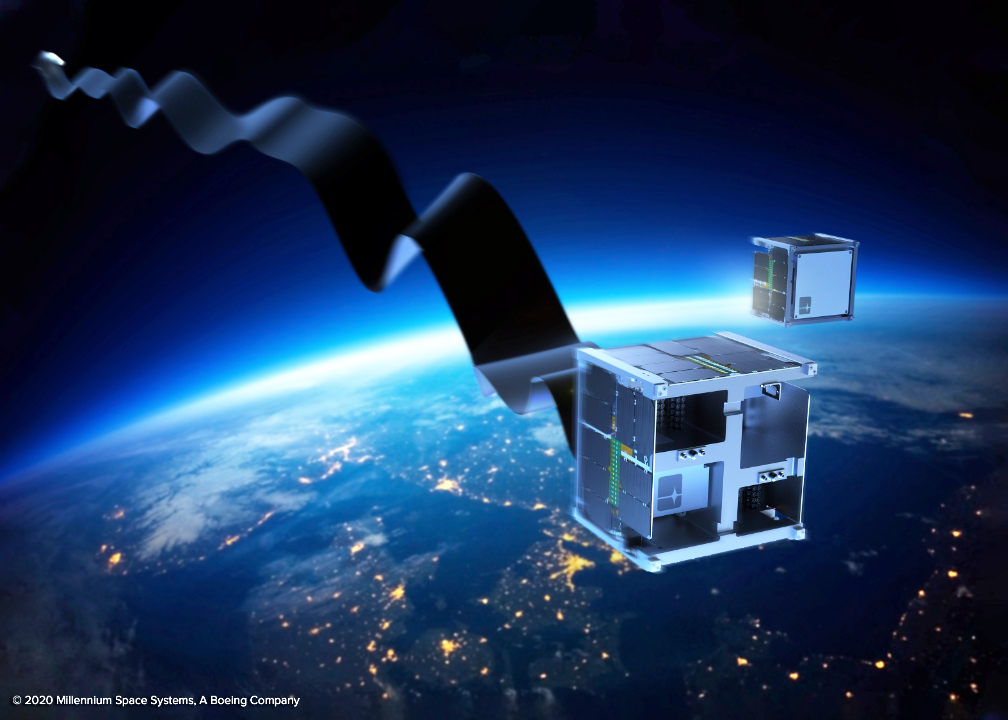
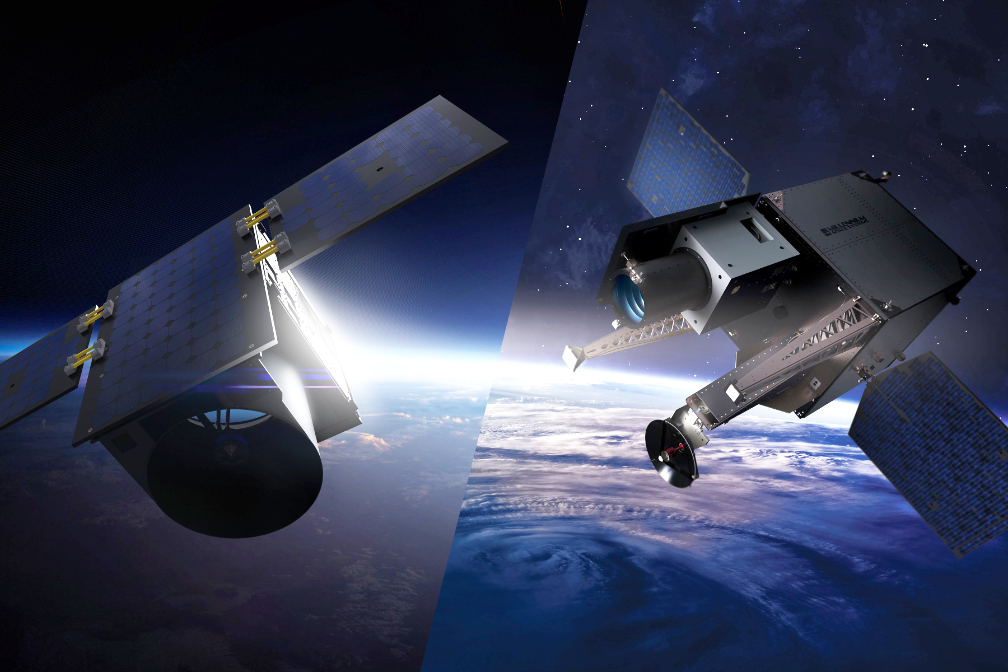
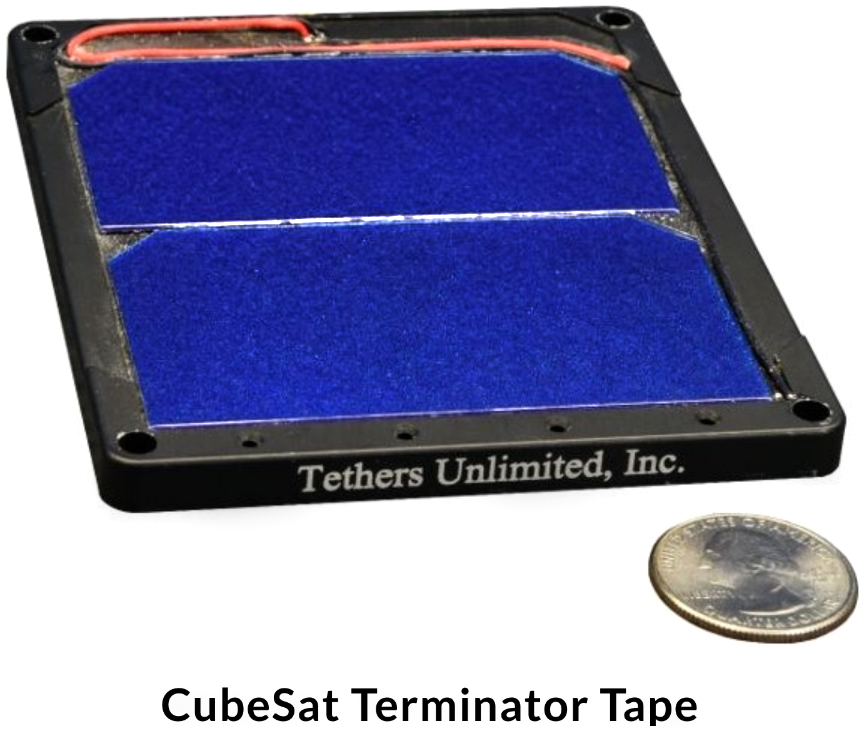

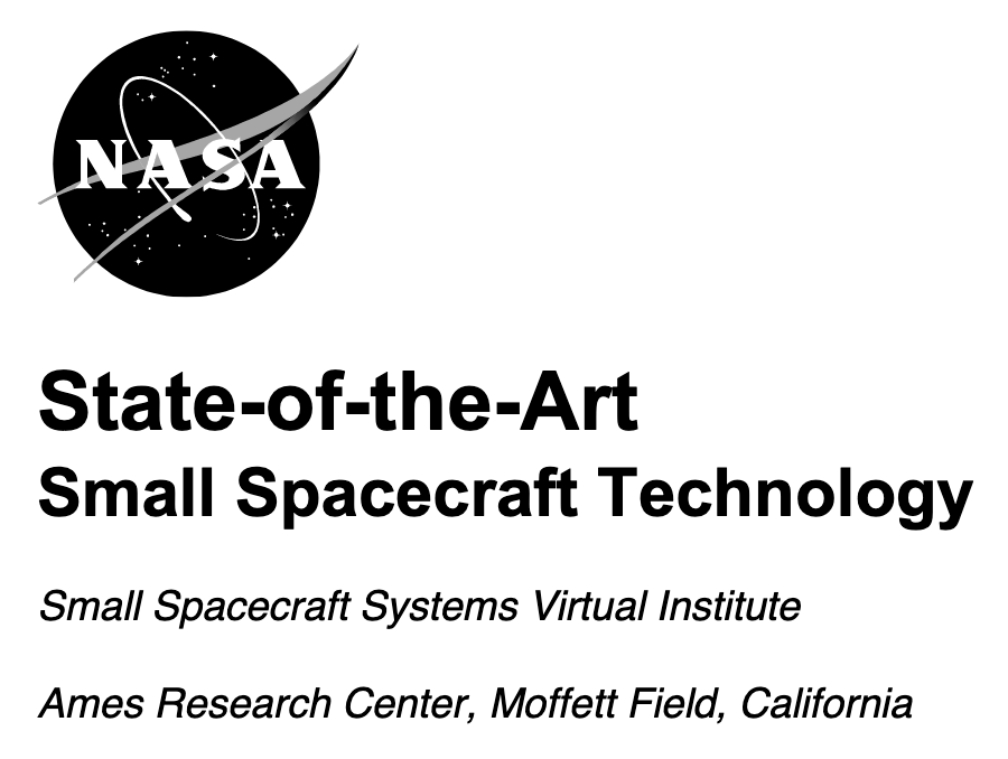
 Gerry O’Sullivan,
Gerry O’Sullivan, 
